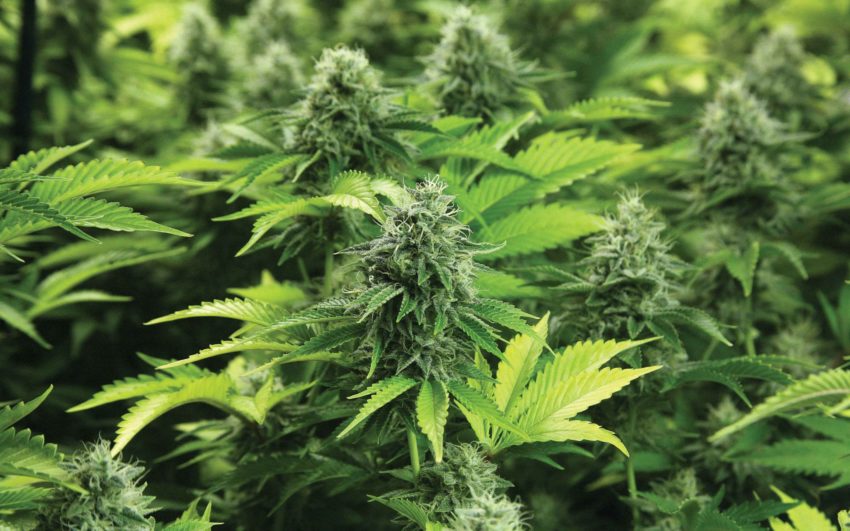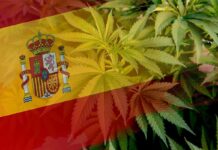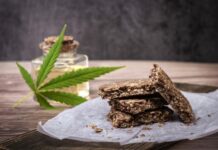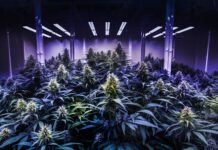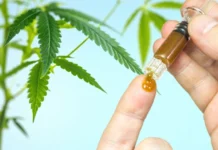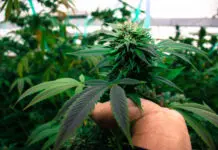Like any other plant, some basic requirements need to be met in order for the plants to grow and develop properly.
All plants have a specific range in which they work the best, and in order to get the best yield possible, plants should be in the optimal conditions. Starting from seeds, plants need only two things in addition to good soil, these are oxygen and water, of course, the temperature needs to be satisfactory.
Once they have sprouted, they require sunlight, carbon dioxide, oxygen, water, and nutrient-rich soil. In addition, they need to be in specific temperature and humidity range. More about the requirements can be read down below.
1. Seedling propagators

In order to propagate plants from the seeds, you will need specific seed propagators. These will maintain high enough moisture and temperature conditions and speed up the process of germination.
In the first 24 hours of putting the seeds shallow into the soil water is needed. Seeds are absorbing water in the process called imbibition and this is an essential process for successful germination of the seed.
2. Soil

In order to continue to grow or even germinate seeds need to be in a soil that is giving them all nutrients needed. Soil can be bought, but pay attention to this since not all soils are good for all plants.
This means that a specific mixture that is acidic will be perfect for lemons and other citruses, but will inhibit propagation of other plants and vice versa. For this one in particular, standard mixture with pH value around 6.5, which is slightly acidic (pH7 is neutral) will be perfect for the germination.
It is always good to mix the soil with perlite and vermiculite in order to increase aeration of the soil and increase the amount of oxygen needed for the seedlings and roots. These as well are good, since they hold on to the water molecules, allowing moisture to be held for longer periods of time.
3. Temperature control

Optimal temperature is crucial for the germination and propagation of any plant. The range needed changes as the plants develop, and it is good to have a mechanism of temperature measurement and control.
Heating mat placed under the propagators will provide high enough temperature to push the seeds into sprouting out. The optimal temperature for this plant species is 68-77 degrees Fahrenheit or 20-25 degrees Celsius.
A lower temperature will slow down the germination and development of the plants, higher temperatures will lead to stress response, resulting in stunted growth and production of stress compounds.
In order to control the temperature air condition can be used, as well as natural ventilation and/or fans. These plants are very resistant and can withstand high oscillations of temperatures, however, for the best yield, mentioned temperatures should be maintained.
4. Seeds

Once the conditions above are met, it is time to pick the seeds. It is very simple, choosing the good seeds will produce good plants; better seeds, better plants and, vice versa. There are a lot of them to choose from and when it comes to the beginners it is best to choose the ones labeled as auto-flowering.
This variety has been selectively bred in order to produce a low maintenance plant that has a very fast life cycle and produces flowers very fast. Most plants need a distinct number of hours of light during the day, so-called photoperiod, in order to flower.
This auto-flowering variety does not depend on the day length making it very low maintenance. If you would like to purchase seeds that are low maintenance check out herbiesheadshop
5. Light
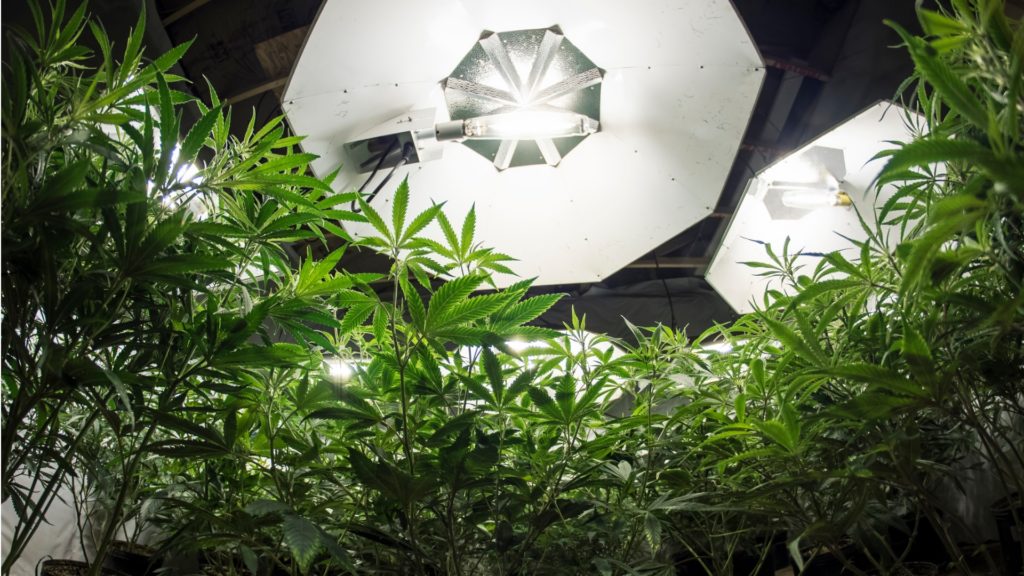
Light is very important for the growth of the plants and their development since they need to do photosynthesis in order to produce sugars needed for the metabolic processes that are occurring inside of the plant.
The so-called photoperiod is crucial for the flowering, and in order to flower, these plants need 12 to 13 hours of light, followed by the 12 to 11 hours of dark. This signals the plants that it is a part of the year for the flowering and the plant starts to develop flower buds. Light can be natural, coming from the sun, and this is potentially problematic since the sun does not shine to consecutive 12 hours during the entire year.
Light bulbs, with the so-called full spectrum, can be used to replace sunlight. They are easy to control when it comes to the number of hours of light and dark and they give enough energy for the plants to grow properly.
6. Nutrients

Last but not least is nutrients. Sometimes, plants can grow too fast and exhaust the soil they are in. Additional nutrients need to be added in this case. For the start, a simple NPK fertilizer solution can be used in small amounts. In addition, Iron and Magnesium can be added, especially if the leaves start to become flaccid and yellow.
When wanting to induce flowering, NPK with a specific ratio of these elements can be used in addition to the light period adjustments. There are many different fertilizers, but it is always good to stick to the instructions on the package.
The too high concentration of the nutrients in the nutrient solutions can lead to devastating effects on the plants and even their death. Moderation is always a good policy when it comes to planting supplementation. Watering with and/or without additional nutrients should be done at least once a week.
Conclusion
Cannabis is a plant very easy to be grown. The optimal conditions, of course, needs to be met in order for the plants to be big and strong. Soil needs to have a specific pH value and all needed nutrients for the plant. By mixing it with perlite and vermiculite it will increase aeration and moisture.
Temperature and light conditions need to be held in a specific range in order for the plants to grow and flower properly. Choosing proper seeds and having patience with the plants will for sure result in significant yield.

